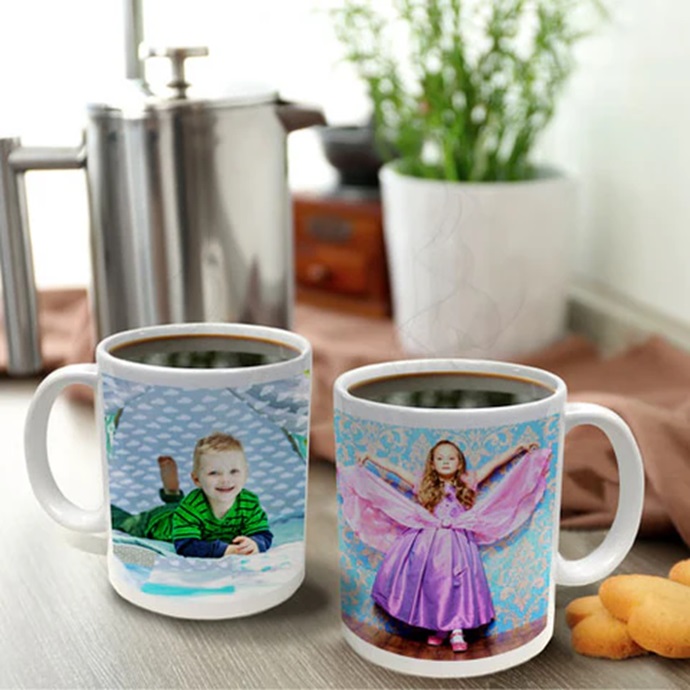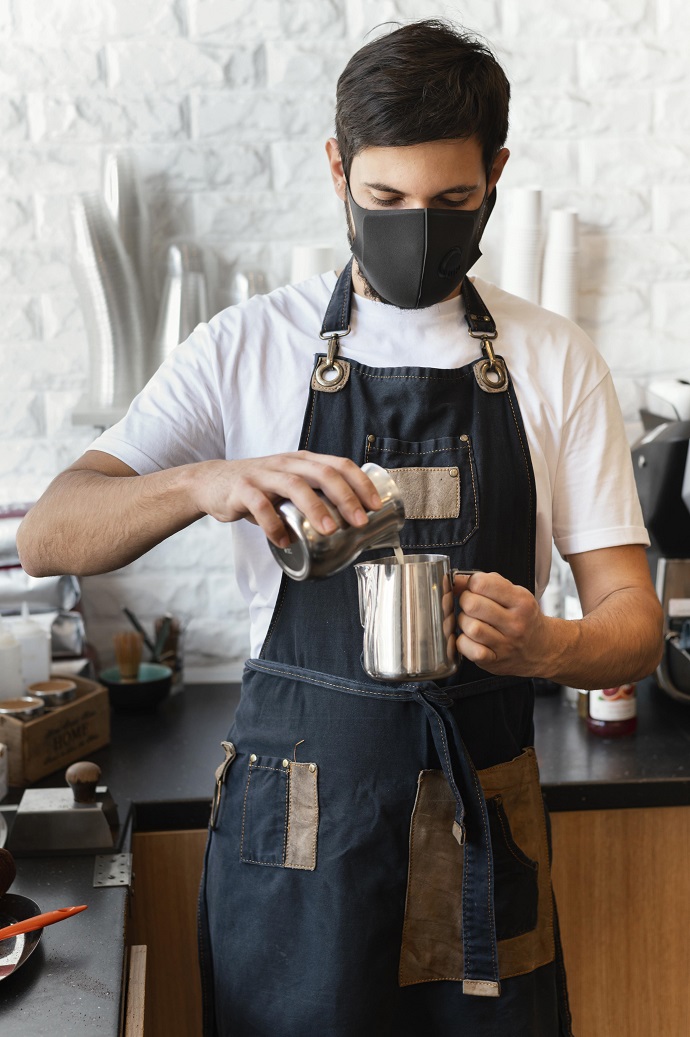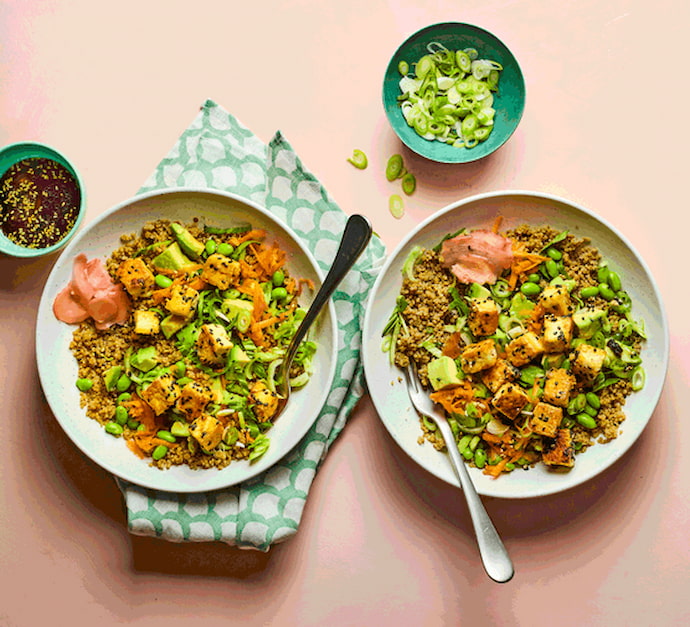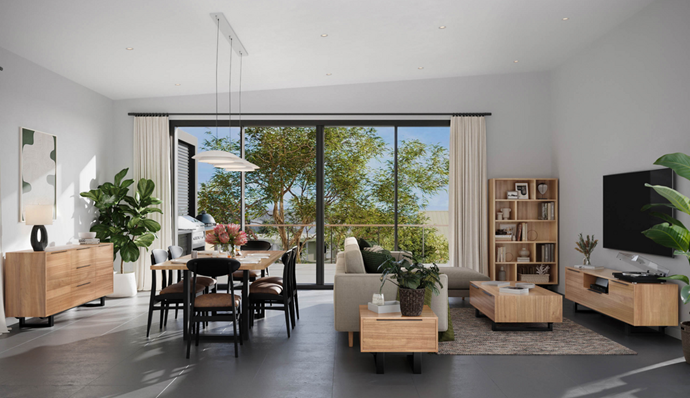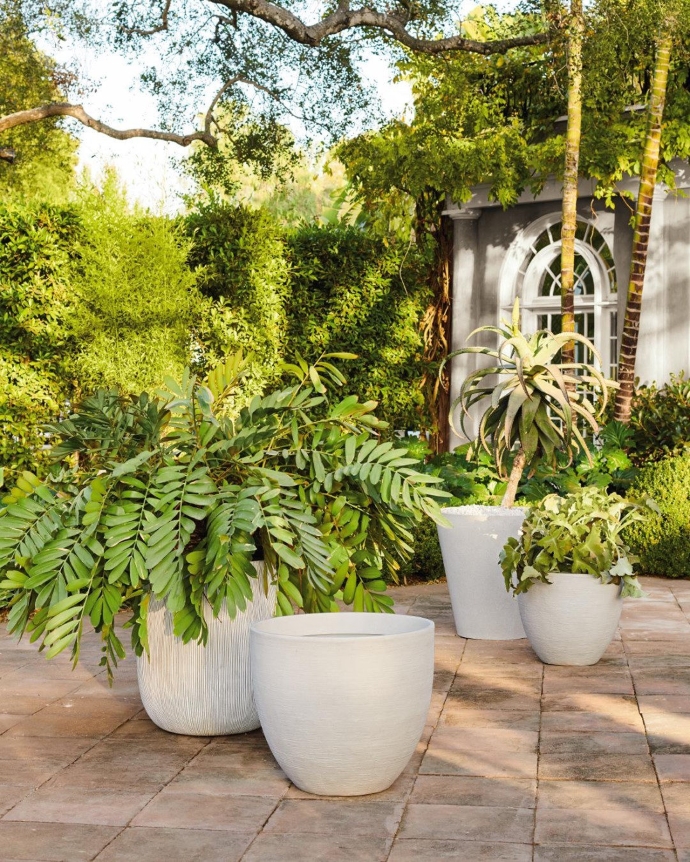It may sound like a dumb question, but have you ever wondered what is the purpose of colour in art? One of the rules for observing paintings is backing off a step from the painting to see how all the colours communicate with each other to create a meaningful whole. Sometimes, you see colours you do not even know the name of, and yet they are what makes the painting so beautiful and hard to stop gazing at. Knowing these stuff very well, artists create amazing colourful abstract art which is the best choice to break the monotony on your dull white walls.
The role of colours
There are paintings made just with pencil; drawings of things, people and nature in black and white, which are very cool if you are into black and white stuff. But colour adds meaning, personality and identity to a painting; it expresses emotions and illustrates the artist’s muse and inspiration. As such, colour has 2 roles: describing and composing.

How does colour describe a painting?
Describing a scene using colours can be done in 4 different ways:
1. The use of the colour spectrum
This is the case when you see a few yellow tones used in one painting. You may think that a certain colour you see is orange, or lemon yellow or greenish lime yellow, but bottom line is that all of them are yellow, just ranging on different ends of the yellow colour spectrum. This is especially visible in colourful abstract art since this type of paintings are made with the use of a lot of different tones and notes to create a messy, yet meaningful artistic content.
2. Saturation
Now this term is familiar to most of you thanks to today’s smart phones and various effects for creating good photos. Saturation refers to the degree of spectrum purity, and as such leans towards neutral when complements mix together.
3. Temperature
All colours belong to one of two groups: warm or cold colours. Colours in the red, orange and yellow families are warm, and those in blue, green and purple families are cold colours. Have this in mind when you choose colourful abstract art, because paintings you hang on the walls of your rooms can either bring you up or down. Yes, colours influence the psyche and mood of people.
4. Value
To simplify this, I will include the element of light in the picture: when under direct light, a colour can produce various shadows: cool light produces warmer shadows and warm light results in cooler shadows. Take a look at this blue ball:
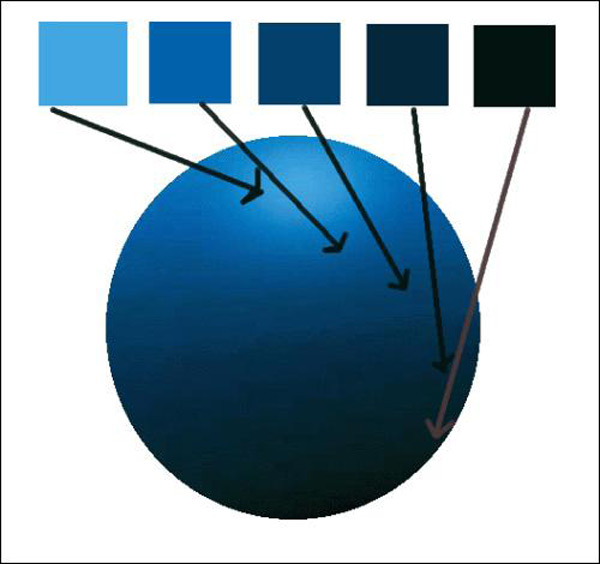
The composition of a painting can also be affected by colours. There are 5 ways a colour can change the composition:
1. By contrasting, to create harmony
2. Unifying a scene
3. Setting visual paths
4. Producing rhythm
5. Emphasizing
How to spot all these details?
Contrast is easy to be seen on paintings; you’d normally spot one line of colours (for instance 2-3 shades of yellow) in the front, and another line of colours in the back (for instance blue shades). They can be easily divided, but yet perfectly communicate between each other. Details like dominance of certain warm tones on a painting and repeating of certain elements in one colour give the visual path and rhythm of the painting. Emphasis normally comes with elements in bright colours such as the higher, warmer end of the red colour spectrum.
